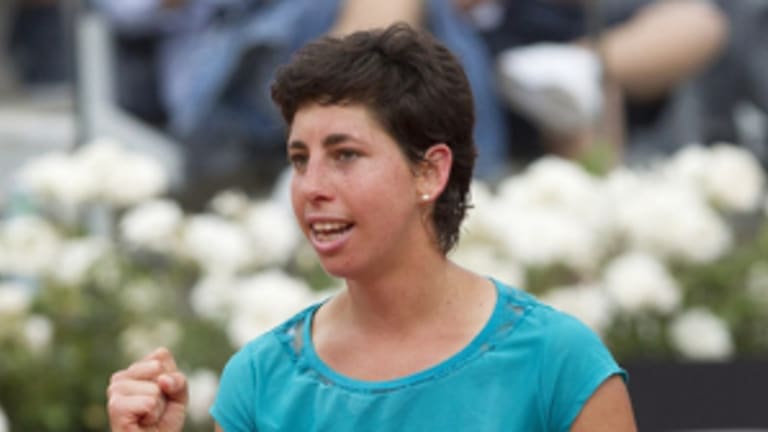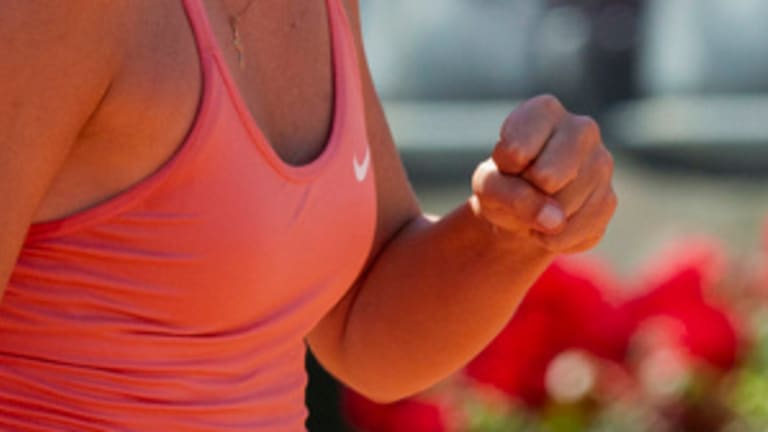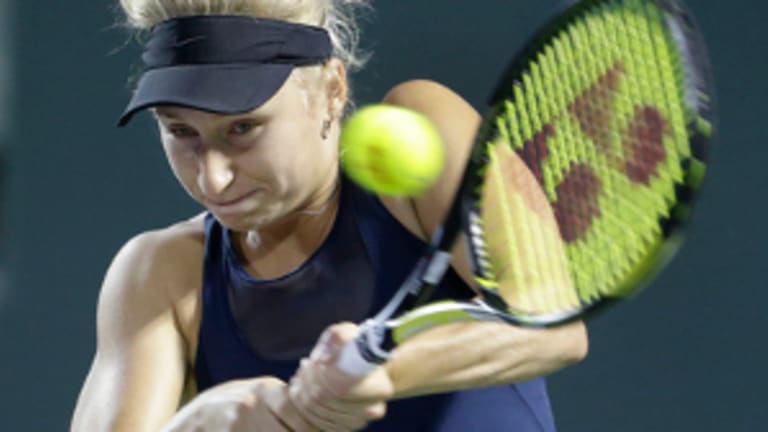Four singles matches came and went in Rome on Saturday, but there was one character in the day’s drama who never left: The court. The clay in the main stadium at the Foro Italico has been a subject of much frustrated discussion—as well as a fair amount of slipping, sliding, and foot-stamping—among the players this week. An excess of water has led to divots behind one of the baselines, and despite days of maintenance work, the problem was never solved.
While some ankles have nearly rolled, no one has been seriously hurt while digging into the damaged dirt—tournament officials should consider themselves lucky. The surface also didn’t seem to have a negative effect on Saturday’s play: The two women’s semis were exceptionally entertaining, and the two winners on the men’s side were in fine form. Here are a few notes from a day when the players found creative ways to come out on top in the long rallies that always characterize the clay game.


